Here is a discussion about the energy transition in Ontario and the importance of policies to enable renewable energy implementation with Brandy Giannetta, Vice-President, Policy, Regulatory and Government Affairs at the Canadian Renewable Energy Association (CanREA).
First, let’s recall the targets set by the federal and local governments for the reduction of greenhouse gas emissions.
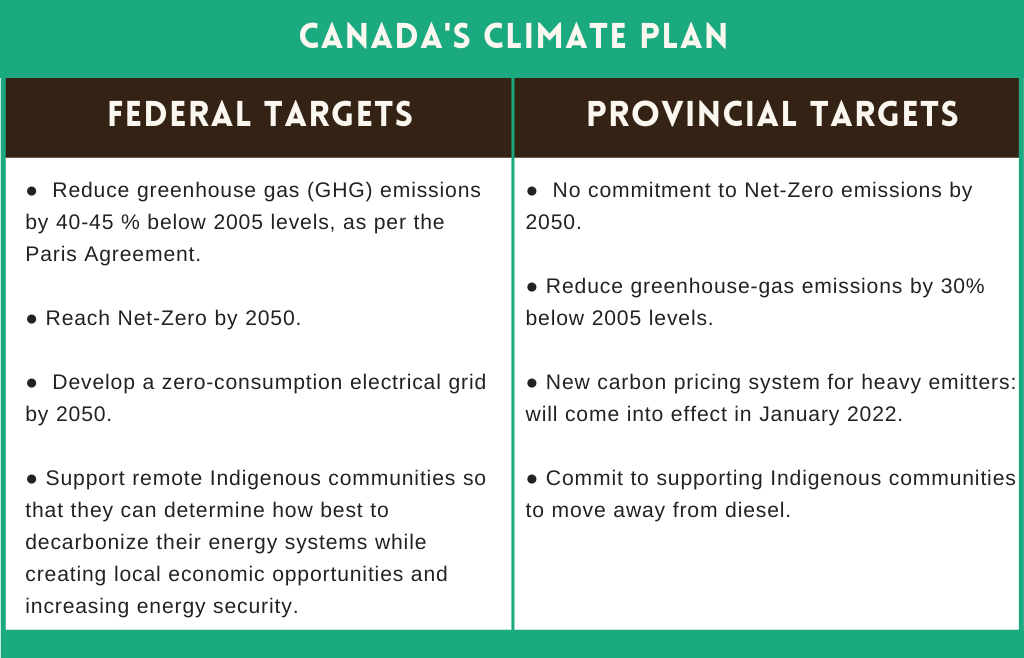 Reference : Pembina report 2021, All hands on deck
Reference : Pembina report 2021, All hands on deck
Nergica: Can you tell us a bit more about the Canadian Renewable Energy Association?
Brandy Giannetta: The Canadian Renewable Energy Association (CanREA) is a national industry association for the wind energy, solar energy and energy storage sectors. We are active across Canada, advocating for favourable policy environments and regulatory environments for wind energy, solar energy and energy storage. Our mandate is quite large. We are the product of an amalgamation of what was the Canadian Wind Energy Association with the Canadian Solar Industries Association just last year with the addition of energy storage to round out these technologies. We advocate on behalf of our members as a membership-based organization, including large utility-scale, electricity generation, as well as distribution level and “behind the meter,” smaller applications.
CanREA has more than 300 corporate members, including a cross-section of global multinational companies that are developing, constructing, owning, or operating electricity generation facilities in Canada and energy-storage facilities, as well as technology providers, such as original equipment manufacturers and a broad scope of supply-chain service providers, including environmental services, legal and financial technologies. There is a large cross-section of expertise within our membership, which enables us to maintain our mandate to advocate for a broad representation of technology solutions from wind, solar, and storage.

Nergica: And what is your role in this organization?
BG: My role at CanREA is the Vice-President of Policy Regulatory and Government Affairs. I lead a team of policy experts who have a presence in key regions of Canada, including the Prairies, Ontario, Quebec, and Atlantic Canada, as well as federally. We work with CanREA’s member companies to develop policy positions and advocate for favourable outcomes in markets with system operators and utilities, as well as with governments. It is quite a dynamic opportunity to work with the industry across Canada. Our team of policy experts works to deliver CanREA’s value proposition for our members every day.
Prior to becoming the vice president of the policy team, I was mainly focused on Ontario. I worked as the Regional Director for Ontario utility-scale wind with the Canadian Wind Energy Association for about eight years before that.
Nergica: In your opinion, are Ontario’s environmental goals, and how it will achieve them, clear?
BG: I would say this is not clear right now. One of the challenges we have in Ontario is the difference between policy priorities at the federal level and at the provincial level. Canada’s target to achieve Net-Zero by 2050 is clear, but it is not clear how Ontario will help get Canada there. The Supreme Court challenge of the carbon-price regime was part and parcel led by Ontario, so that decision did provide clarity. But a significant proportion of electricity generation in Ontario is still emitting.
Ontario was the first jurisdiction in Canada to phase out coal completely from electricity, which is a great news story, a great accomplishment. Ontario is a leader in that regard, but it still has work to do. There has been a significant focus on the electrification of the broader economy, and the role that will be played by the electricity sector. But Ontario’s decision makers and system operators have not put as much focus on how they will power a decarbonized economy.
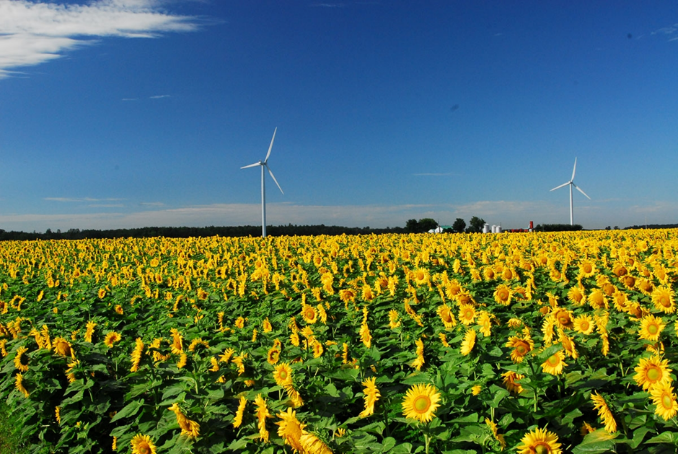
Ontario currently has a heavy reliance on gas-fired generation, because the province is refurbishing a large portion of its nuclear fleet, a very large portion of which is going to be taken offline in a couple of years, amounting to more than 3,000 megawatts of power, and it is not clear how the system operator plans to fill that gap, other than to rely heavily on the gas assets. This is very troubling, from the perspective of understanding decarbonization goals and targets. Ontario is not yet aligning its electricity supply to match those ambitious targets.
There are a couple of things Ontario can do: we need to build more renewable energy and energy storage in the province, and we need to have clarity on how gas-fired assets will be treated: will the carbon price apply to them, for example?
There remains a significant amount of uncertainty in Ontario related to how the Independent Electricity System Operator (IESO) will solve for resource adequacy. Ontario’s future supply needs may be greater than forecasted recently by the IESO, especially accounting for potential electrification and retirement of generators, post expiry of contracts.
Procurement mechanisms within the Resource Adequacy Framework need to be flexible with a focus on procuring multiple electricity products and meeting multiple goals and objectives, like affordability and emission reductions.
Clarity is needed regarding the continued operations of renewable generators and energy storage facilities, post expiry of contracts, towards helping to meet future supply needs. And also regarding broader policy objectives to help owners/operators and lenders make sound and timely investment decisions. Until this clarity is achieved, there remains significant investor uncertainty in the Ontario electricity markets.
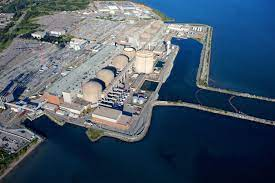
Nergica: Ontario relies heavily on nuclear power and the Pickering Nuclear Generating Station isin the mid-2020s. Is that an opportunity for solar and wind energies?
BG: Absolutely, yes, wind, solar and energy storage have a huge role to play right now, and this will continue to be true when a large portion of Ontario’s nuclear power supply is going completely offline. We need to replace it with cost-effective renewables and energy storage. Right now, Ontario’s plan, as far as we understand it, is to fire up its gas-fired generators and optimize those assets. But there is a cost associated with that, there is a significant environmental impact, and there are negative consequences regarding climate change. It would mean a 400% increase in emissions from the electricity sector during the period of refurbishment. This kind of increase is unheard of in this day and age, at a time where the world is driving decarbonization.
We should replace decommissioned nuclear plants with resources that are flexible, provide multiple services to the grid and benefit the system operator and ratepayer. Resources like wind and solar and storage can do that. Particularly when you combine them with one another, in hybrid projects. In Ontario, we are able to build wind, solar and storage projects quite swiftly—where they are needed, and we can do it in an extremely cost-effective way.
If we want the lowest-cost, non-emitting, innovative, and flexible grid solutions, there is no question that wind, solar and storage is the way to go. Why would we not build them immediately?
On the distribution system level, solar in particular has a lot to add. CanREA just released a study that shows how, if we continue to exponentially increase rooftop solar photovoltaics, we could reduce system costs by hundreds of millions of dollars per year in Ontario. By applying economic and system modelling, we realized there is a very real, very compelling opportunity for rooftop solar photovoltaics to help all ratepayers in Ontario. It is good news for all.
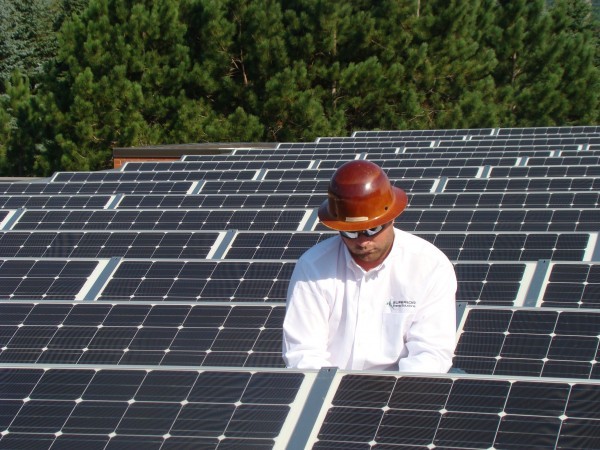
Nergica: In your opinion, what are the main challenges regarding GHG reduction and renewable implementation in Ontario?
BG: The early uptake of renewables in Ontario was driven by policy direction as part of the phase-out of coal-fired generation. Ontario was a leader in adopting renewable energy and unfortunately, it has also had to bear the burden of the lessons learned as early adopters. Because it had such an ambitious agenda, driven by policy, the pace of development triggered some objections. There were social licence issues in some of the communities in Ontario where lots of new wind was being built. Another issue with being an early adopter is that Ontario was not able to take advantage of today’s low prices—solar and wind electricity now cost 90 and 71% less than they did in 2009, with prices forecast to continue dropping.
Today we can say, “Yes, build wind and solar. It is the lowest-cost option available for new electricity generation, and there are many other really great reasons why you should do it.” We were not able to say that at the time when Ontario was making massive investments into the electricity sector to build out renewables.
One of the challenges we are facing in Ontario is that we no longer have the policy backing to continue to enable those technologies, no matter how low-cost, environmentally beneficial and efficient they are. I think we still have to overcome some of those social-licence concerns that were created a decade or two ago, and to communicate the value that these new technologies can provide today in Ontario.
Unfortunately, the Ontario electricity market is a risky investment climate right now, mainly because there was a lot of political interference over the past decade. Ontario has many unique assets, currently operating in what is something of a hybrid wholesale market system. There are multiple decision-making points that aren’t always aligned with one another, which makes the process more complex.
The challenges aren’t just technological, because the technology is outpacing the market. They are not just market-driven, as we can adapt and design markets to accommodate these technologies. And it is not just the politics or the policy that present challenges either—it is the electorate that drives policy decisions, so what Ontarians want matters too. None of these challenges is insurmountable and when we point to the lowest cost, non-emitting, flexible and reliable products and services that wind, solar and storage can provide in Ontario, we are confident that these resources will have a role to play in future build out of the electricity sector.
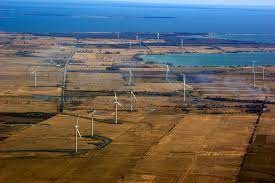
Nergica: Emission change in Ontario between 2005 and 2019 was -21%. It’s huge compared to -1% on average for Canada. Projections for 2019–2030 in Ontario are steady, according to Pembina’s All Hands on Deck report . Do you have any ideas about what could have contributed to such a drop in emissions, and the expected plateau?
BG: Between 2005 and 2019, Ontario was a global climate success story. It was building significant amounts of renewable energy, and phasing out coal. Ontario was the first North American jurisdiction to phase out coal from the electricity sector. It was a significant undertaking, probably one of the largest single GHG-reduction efforts in North America at the time. That is why it had a huge decrease in emissions.
But at the same time as Ontario was building out renewables to replace coal-fired facilities, it was also adding natural gas to the system. So, coal emissions dropped but Ontario added emissions from natural gas, which, while it is more efficient from an emissions perspective than coal, is certainly not a non-emitting resource.
We also had a global recession in that period, and Ontario had overbuilt its electricity system. Many of Ontario’s assets, the gas-fired generation assets especially, were sitting idle for some time. Thus, the emissions potential of those assets was not being realized during the period of economic downturn.
When the economy rebounded, Ontario did not build more resources, it committed to refurbishment of its nuclear assets. This is why we are seeing a plateau in GHG emissions now.
Several nuclear units will remain offline while they are being refurbished, and Ontario will be leaning heavily on its gas resources to fill that gap. During this period of refurbishment, the IESO has forecasted upward of a 400 percent increase in emissions from the electricity system. So, gas-fired generation will be run at almost full capacity at times, particularly in the summer when demand is at its highest. Emissions will increase, and then sort of level off, through 2030 and then beyond as the nuclear units return to operation.
Nergica: What has been done to help remote communities from the northern and northwestern parts of the province reduce their dependence on diesel generators?
BG: We know the role that renewables can play to help remote communities get off diesel. Remote communities need to get off diesel from a cost perspective, and more importantly, from a health perspective. Having energy independence will enable remote communities to power their schools, health care centres, grocery stores, where they can refrigerate fresh foods more economically. For these communities, it is not just about keeping the lights on, it is about promoting a better way of life, and the role that renewables can play is very important. But Ontario has fallen short.
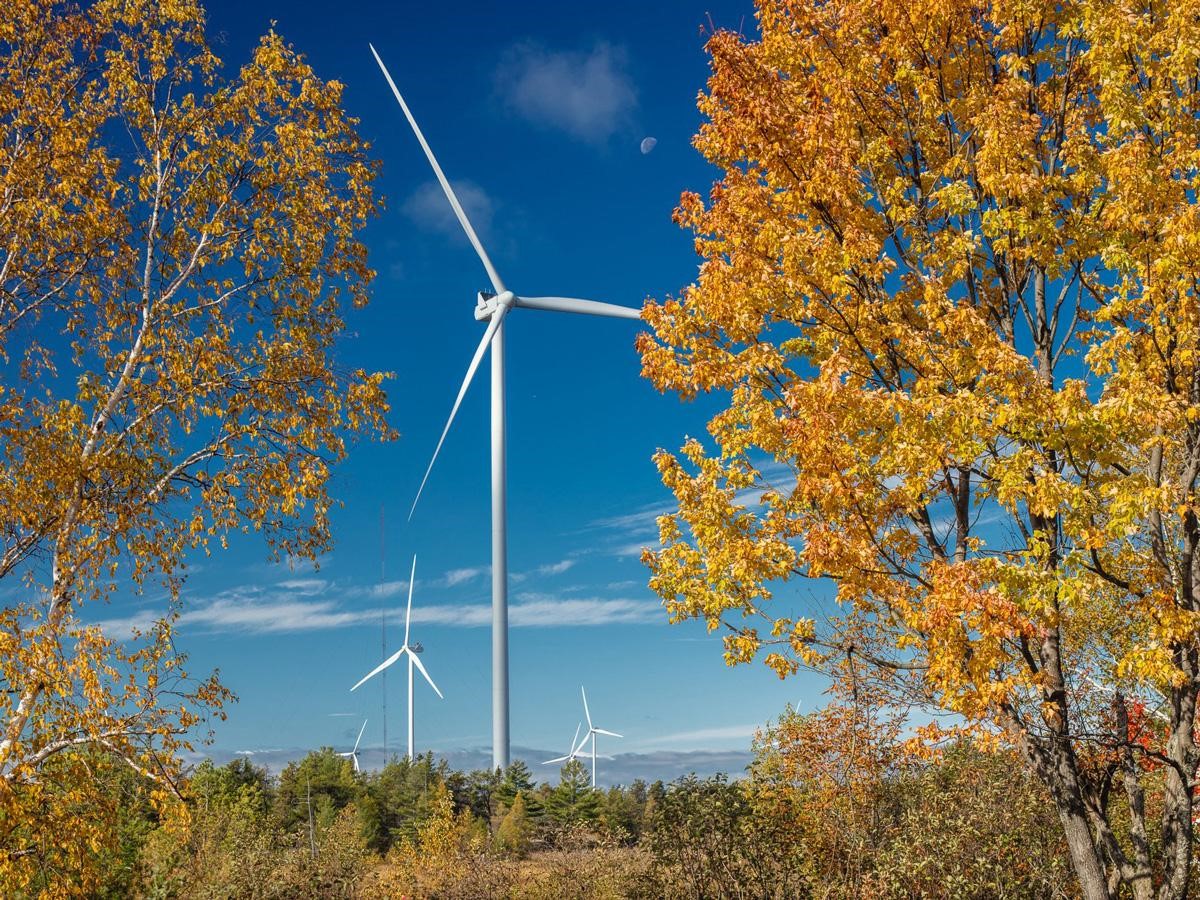
There are commitments to getting communities off diesel but no specific reference to the role that renewables should play. I would say the federal government has done more to enable remote communities to adopt renewables, through different programs and funding. One of the challenges in Northern Ontario in particular is access to transmission. So, it is not just a matter of getting renewable energy projects built, and providing the power, it is also about having to innovate with microgrids and remote applications that are not grid-connected. Renewables and energy storage are perfectly suited to provide these solutions.
In today’s world, where technology is so advanced, there are better solutions. For example, microgrids that can provide community-level generation. I think about the early success of the Diavik Diamond Mine to power the site with renewables. The energy was also made available to the community to provide locally generated electricity for many years, even after the mining operation was shuttered. Distributed energy resources, or microgrids applications, are not only more appropriate, they are also more affordable. Ten years ago, the challenge was that we did not have these solutions. Now, we have so many more opportunities, thanks to the scale, the flexibility and the applications that are possible when energy storage attaches to renewable generation.
There are great opportunities to work with technology providers and governments at the local, provincial and federal levels to empower remote communities to gain energy independence.
There are also opportunities for remote communities to partner with industry and technology providers to drive their own solutions, and to put pressure on governments to provide the funding to do that. I would say the options are plentiful, we just really need everybody to kind of work together to de-risk the investment climate.
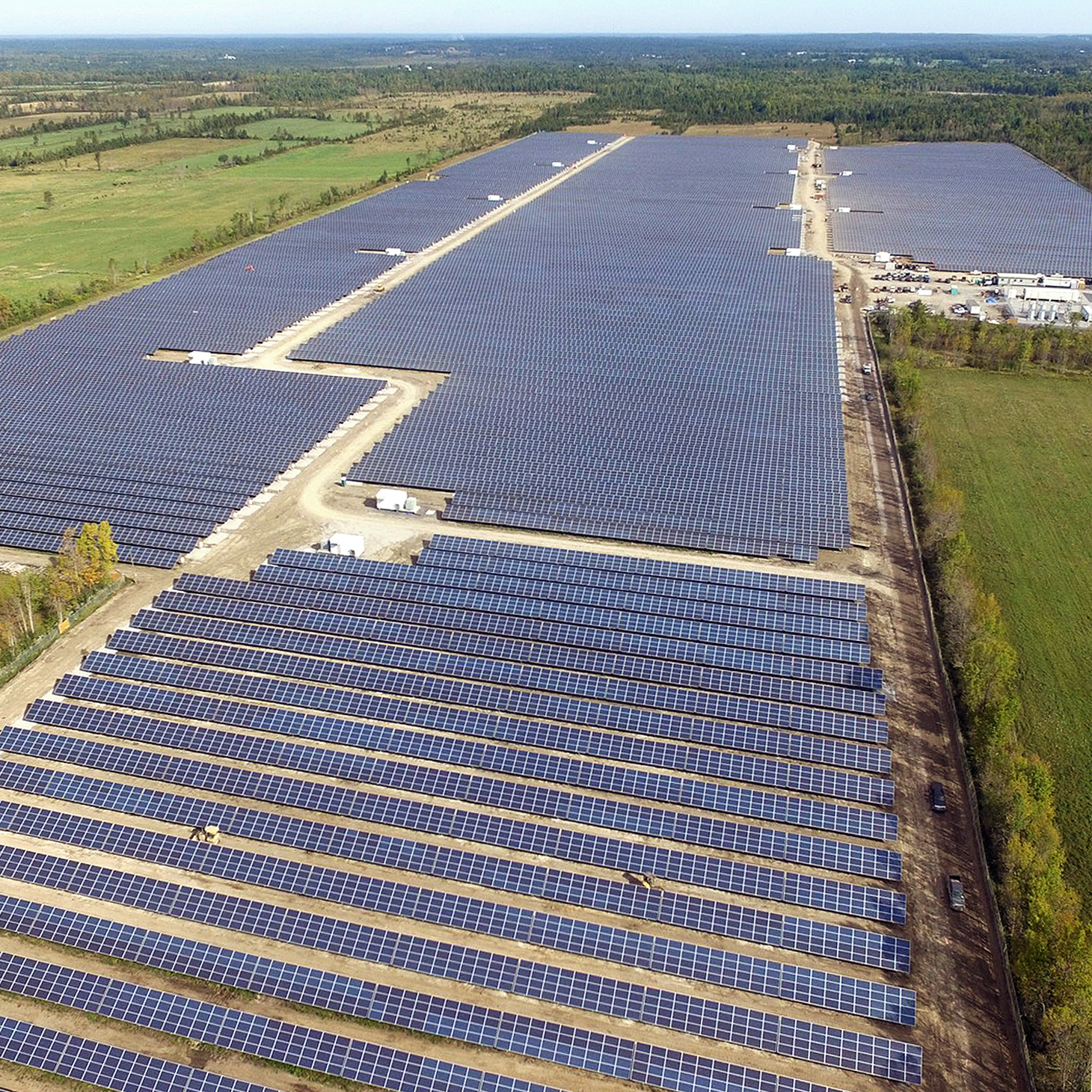
Nergica: Is there much effort and money invested in research and innovation in Ontario?
BG: There are two parts to this answer: from a government perspective, not so much, but as a home base for many of these technology companies, absolutely. We have a significant number of firms that are working on demand-response technologies, on applications of storage and solar, on commercial-scale behind-the-meter applications, and on solutions for cost reductions. The industrial rate in Ontario for electricity is very high, with a lot of demand-response providers doing the peak chasing. There are also many technology providers stepping up to provide solutions to enable peak chasing and load shifting. So, there is a significant innovation hub in Ontario of technology providers.
Unfortunately, these players are finding better opportunities to access global markets in neighbouring jurisdictions, because Ontario’s regulatory climate makes it very challenging to enable these technologies, and there remain significant barriers to the adoption of these technologies. A lot of work needs to be done on that front. One of the things CanREA is focused on is trying to open up markets for these technologies to provide solutions: whether it is cost reduction, demand management, emission-reduction goals, or a combination thereof.
There are many opportunities here, particularly given the size of Ontario’s economy and industry, but we need regulatory barriers addressed. And it is a slow process. That is what I do—that is what keeps me up at night and gets me out of bed every morning—working to open up those markets, here in Ontario, and across Canada.
It is not a nascent industry in Ontario, and we have a lot of really great innovation and technology providers, so I know we are able to do this, we just need to accelerate the pace of change in Ontario.
This interview was conducted as part of a series of regional portraits of renewable energy in Canada. To hear the opinions of other energy transition experts and players, join us for the second Transition Solutions Symposium in March 2023, a pan-Canadian event dedicated to the technological, social and political innovations needed to deploy renewable energy and accelerate the energy transition in Canada.
Other publications in this series:
Johanne Whitmore, Senior Researcher at the Energy Sector Management Chair at HEC Montreal
Dr. Michael Ross, Industrial Research Chair in Northern Energy Innovation at Yukon College
More to come soon!
